
profesional sanitario


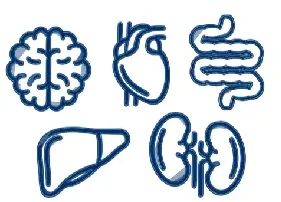


* Cita ficticia basada en perspectivas de pacientes con HPN.
- La reducción del óxido nítrico inducida por la HIV provoca distonía de la musculatura lisa, causando varios síntomas de la HPN9
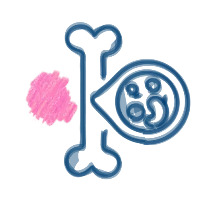
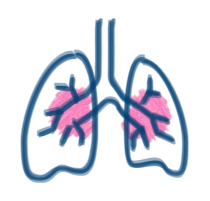
Los síntomas como el dolor y la fatiga tienen un impacto significativo en la calidad de vida de los pacientes, impidiéndoles en muchas ocasiones realizar su trabajo y sus relaciones personales con normalidad8

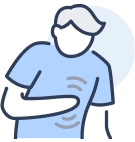

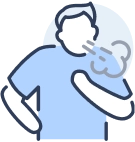

(Hb<10g/dL)
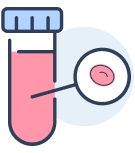
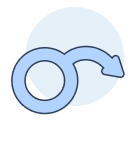
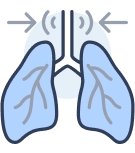
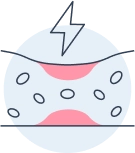
La Alta Actividad de la Enfermedad (AAE) se define como la hemólisis elevada (LDH ≥ 1,5 LSN) y la presencia de uno o más síntomas relacionados con la HPN3
Estos síntomas son el principio de las consecuencias devastadoras y deben considerarse para el tratamiento de los pacientes con HPN. Se asocian a todos los pacientes independientemente del tamaño del clon y de los niveles de LDH8,9,15
- La hemólisis y los síntomas clínicos se asociaron a un mayor riesgo de ET3
Se recomienda evaluar periódicamente los niveles de LDH y hacer seguimiento de los signos y síntomas de la alta actividad de la enfermedad16,17
